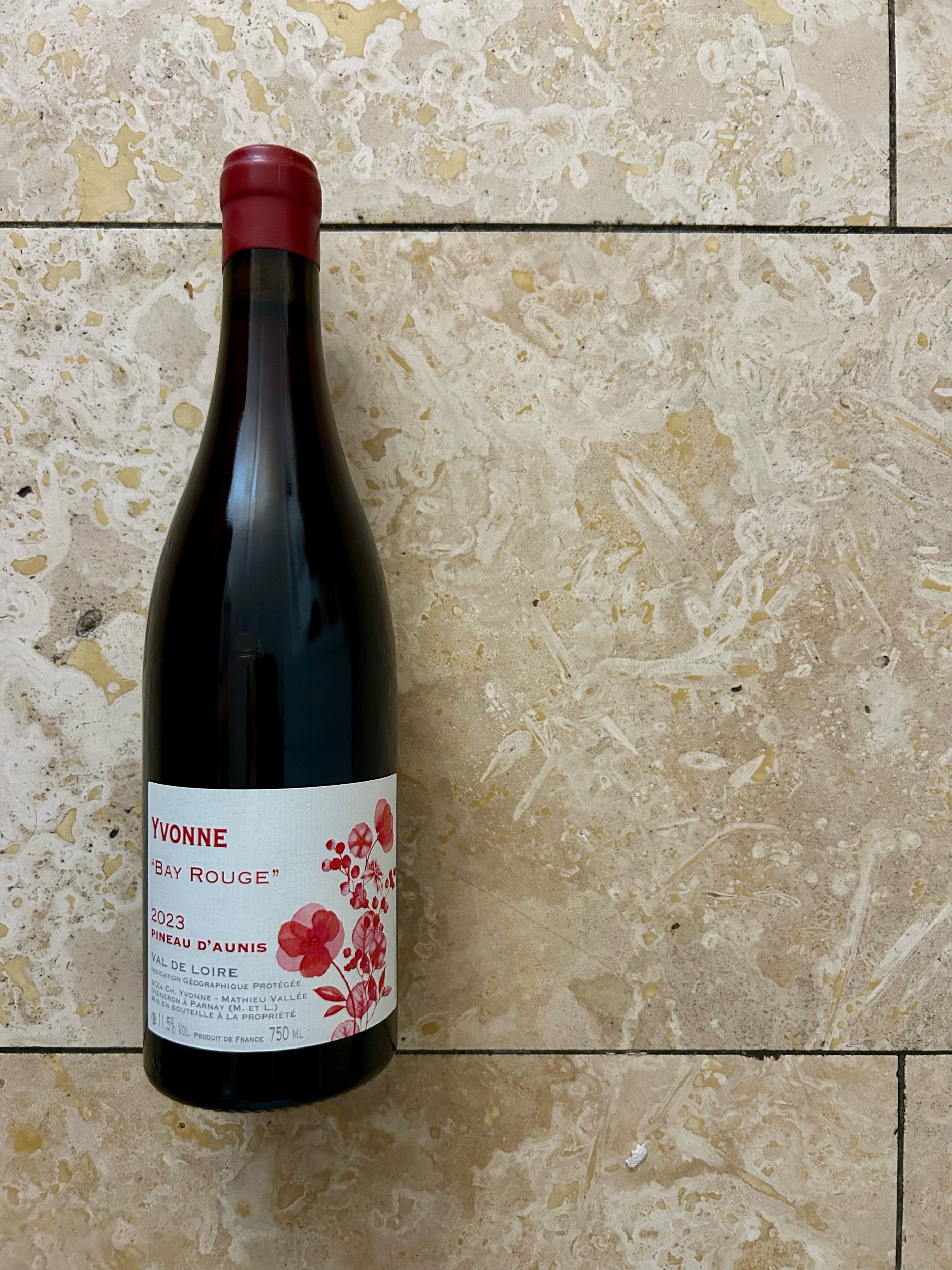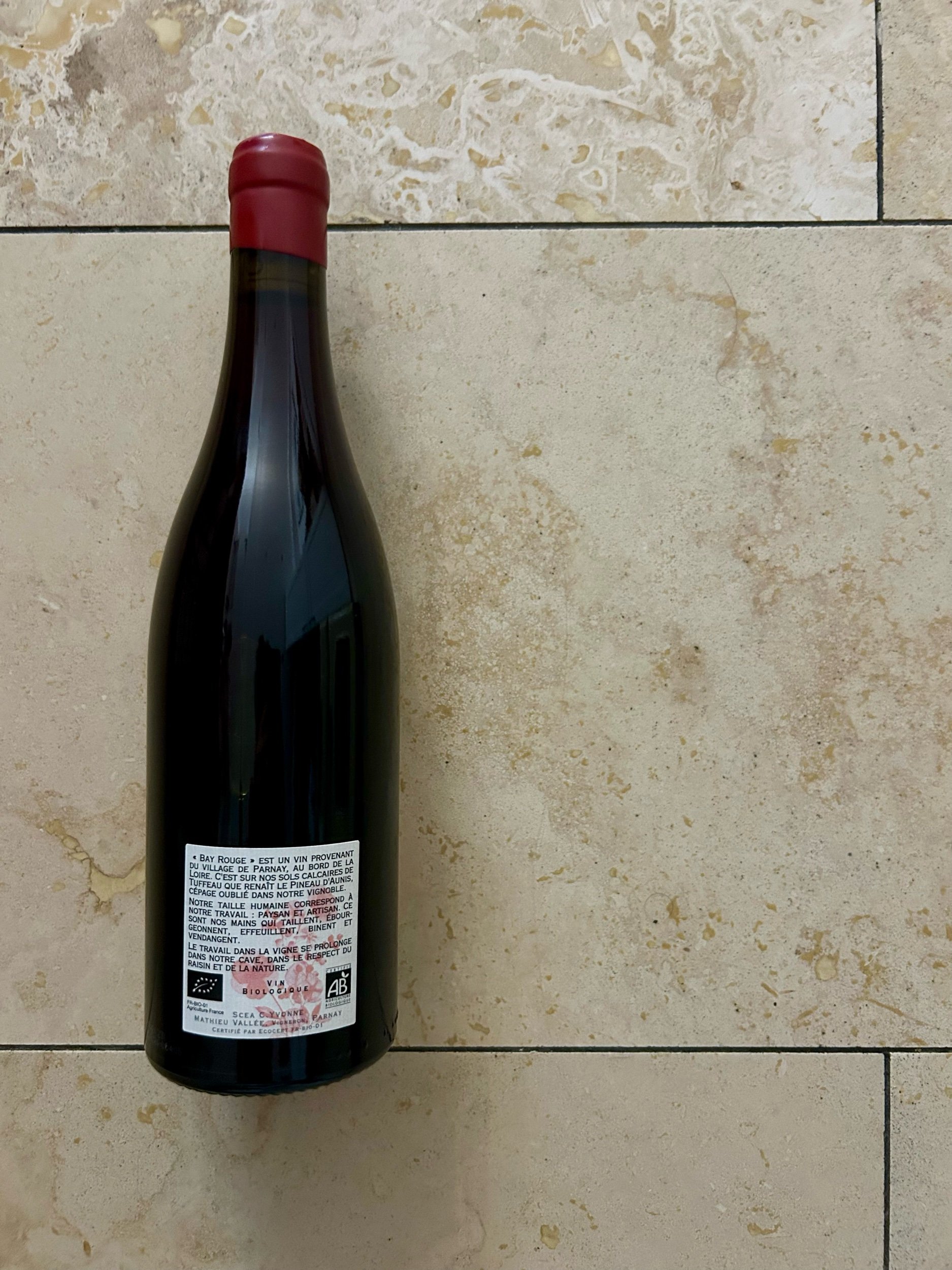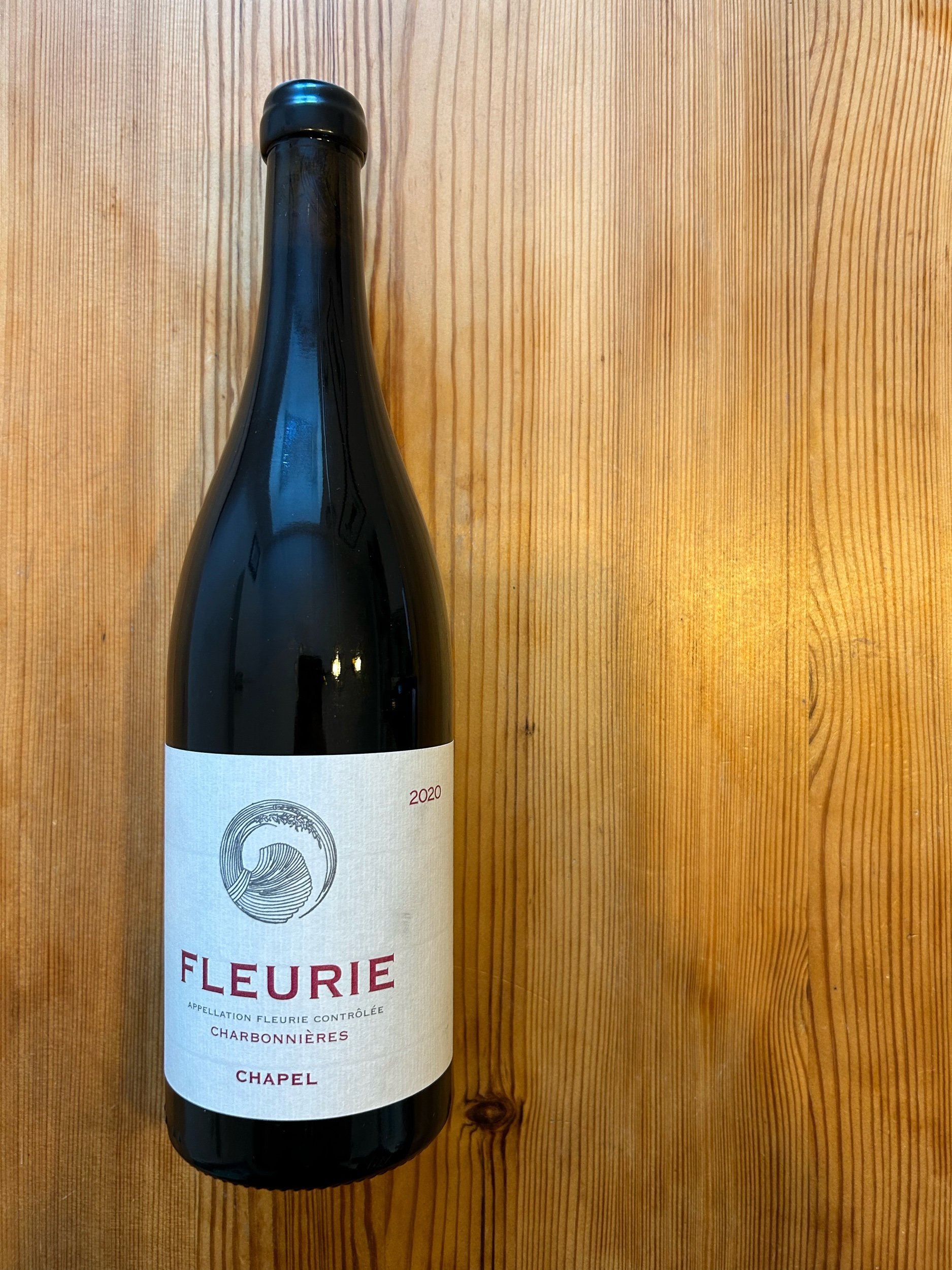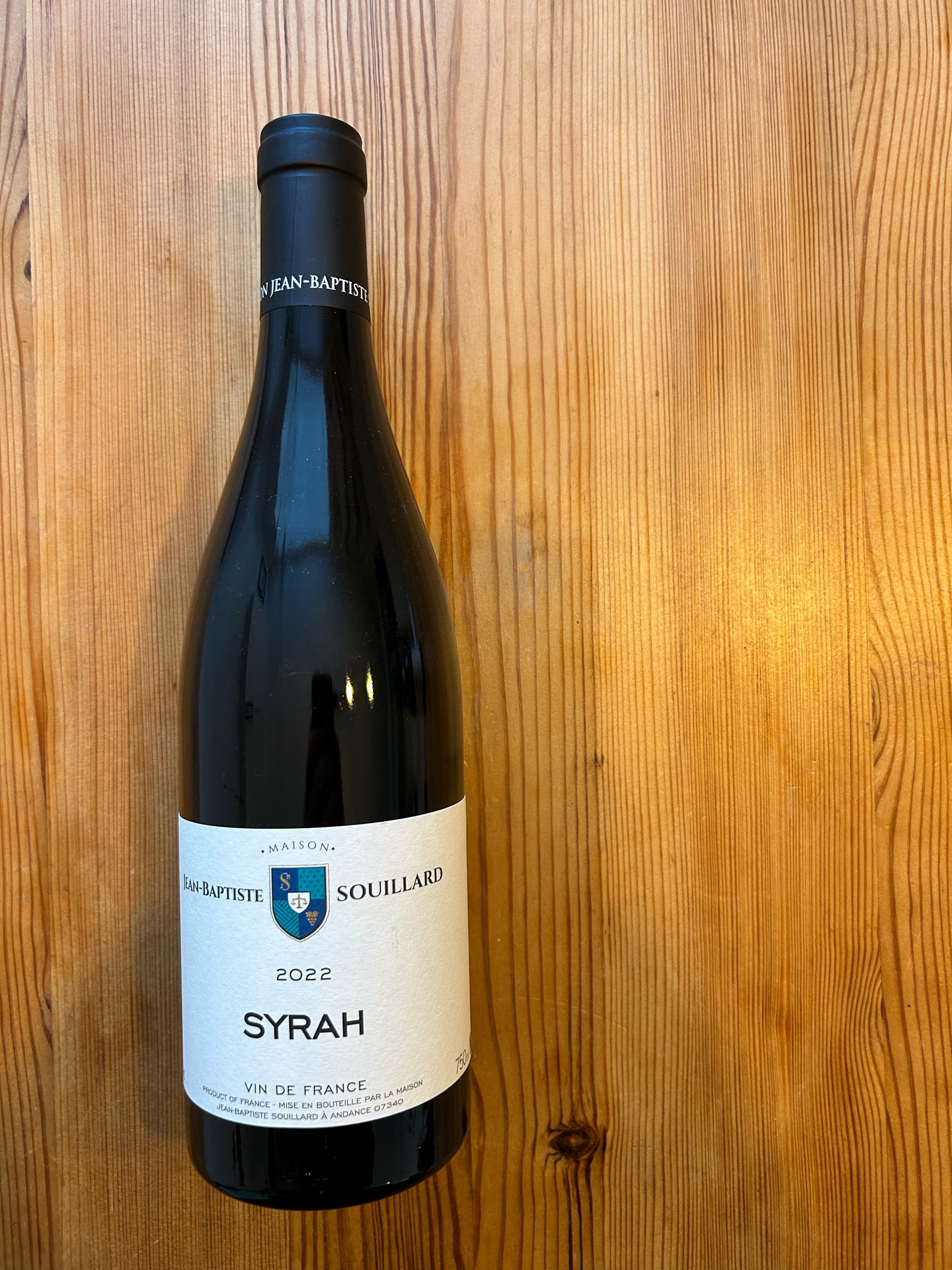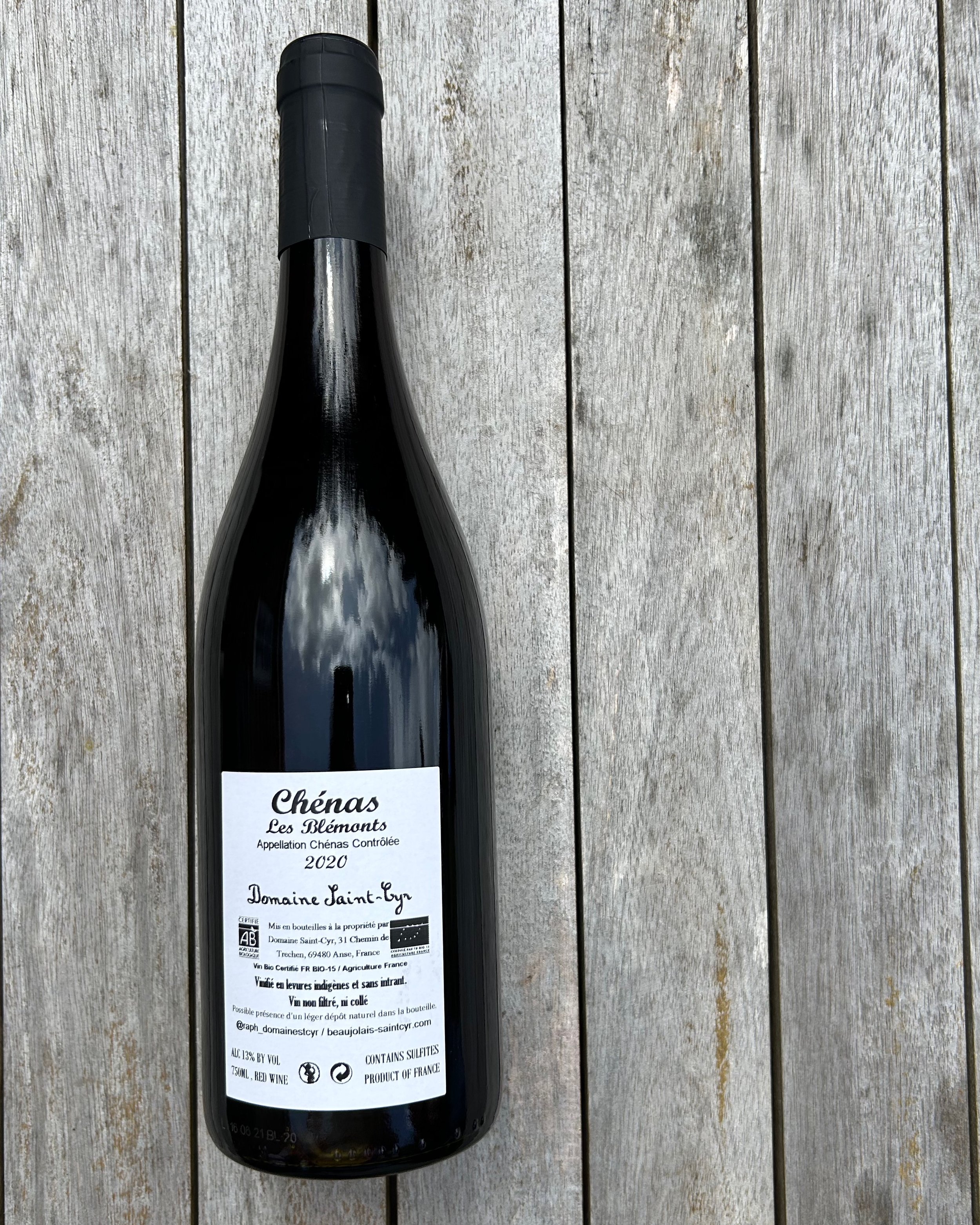 Image 1 of 2
Image 1 of 2

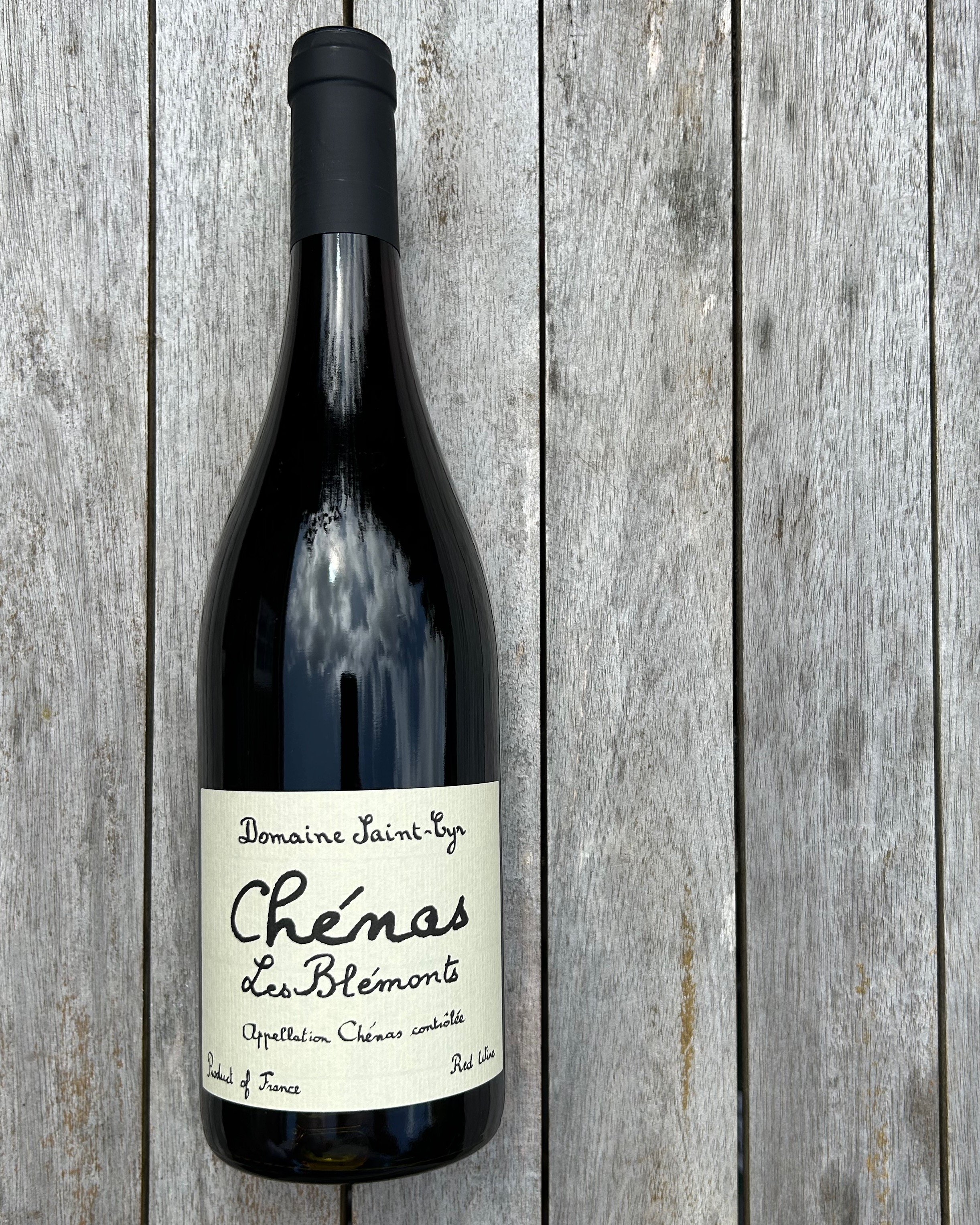 Image 2 of 2
Image 2 of 2



Domaine Saint Cyr, Chenas Blemonts, 2020
Why We Like It
In our early days exploring wine, we would frequent the wine bars of London, usually asking a similar question; ‘do you have a nice light red?’. Nine times out of ten, a bottle of Beaujolais would land on the table in front of us and so started a bit of a penchant for this particular region.
One of those bottles displayed a curious hand written label and opened up into a strawberry sceneted, lightly chilled red, that was perfect with our pre-theatre dinner of guinea fowl and lentils. That bottle was Domaine Saint-Cyr’s La Galoche Rouge.
Four generations in, Rapaël Saint-Cyr took charge of the domaine in 2008 with a mission to focus on the Cru vineyards the family owns in the north. The focus is on terroir, with each vineyard divided into distinct plots and vinified separately. Winemaking focuses on different styles of carbonic maceration and is hands off, with indigenous yeast, old oak and concrete used to display the quality of the fruit and the terroir as a whole.
One of the most interesting facts we have learned about the domaine since our first test of their wines, is that despite still being a relatively little know domain, they are the biggest organic producer in the Beaujolais.
What To Expect
Chénas, which borders the more famous crus of Fleurie and Moulin-a-Vent to the south, has typically been overlooked but produces some exceptional wines. Les Blémonts is a small 3.5 hectare parcel on the typical granitic soils that characterise the Crus of Beaujolais. It is this harsh granite that reins in Gamay’s tendency to overproduce and focuses it into producing more concentrated, flavourful grapes that can be vinified into some of France’s most enthralling wines.
Gamay / 13% / Chenas, Beaujolais, France / 75cl
Why We Like It
In our early days exploring wine, we would frequent the wine bars of London, usually asking a similar question; ‘do you have a nice light red?’. Nine times out of ten, a bottle of Beaujolais would land on the table in front of us and so started a bit of a penchant for this particular region.
One of those bottles displayed a curious hand written label and opened up into a strawberry sceneted, lightly chilled red, that was perfect with our pre-theatre dinner of guinea fowl and lentils. That bottle was Domaine Saint-Cyr’s La Galoche Rouge.
Four generations in, Rapaël Saint-Cyr took charge of the domaine in 2008 with a mission to focus on the Cru vineyards the family owns in the north. The focus is on terroir, with each vineyard divided into distinct plots and vinified separately. Winemaking focuses on different styles of carbonic maceration and is hands off, with indigenous yeast, old oak and concrete used to display the quality of the fruit and the terroir as a whole.
One of the most interesting facts we have learned about the domaine since our first test of their wines, is that despite still being a relatively little know domain, they are the biggest organic producer in the Beaujolais.
What To Expect
Chénas, which borders the more famous crus of Fleurie and Moulin-a-Vent to the south, has typically been overlooked but produces some exceptional wines. Les Blémonts is a small 3.5 hectare parcel on the typical granitic soils that characterise the Crus of Beaujolais. It is this harsh granite that reins in Gamay’s tendency to overproduce and focuses it into producing more concentrated, flavourful grapes that can be vinified into some of France’s most enthralling wines.
Gamay / 13% / Chenas, Beaujolais, France / 75cl

